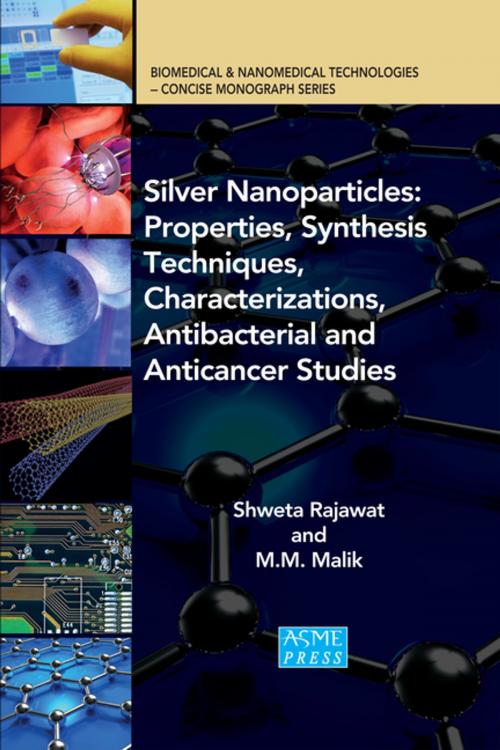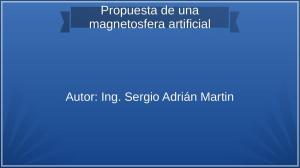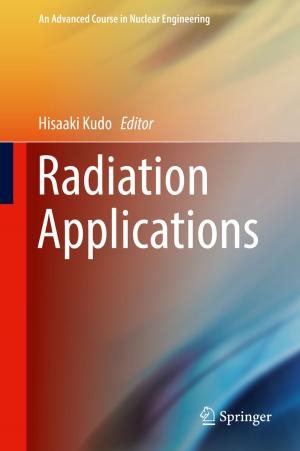Silver Nanoparticles: Properties, Synthesis Techniques, Characterizations, Antibacterial and Anticancer Studies
Nonfiction, Science & Nature, Technology, Nuclear Energy| Author: | Shweta Rajawat Rajawat, M. M. Malik | ISBN: | 9780791861769 |
| Publisher: | ASME Press | Publication: | February 2, 2018 |
| Imprint: | ASME Press | Language: | English |
| Author: | Shweta Rajawat Rajawat, M. M. Malik |
| ISBN: | 9780791861769 |
| Publisher: | ASME Press |
| Publication: | February 2, 2018 |
| Imprint: | ASME Press |
| Language: | English |
This monograph introduces historical background of silver and narrates exhaustive literature review conducted during the research. It gives details about the existing physical, chemical and biological approaches. It also mentions innovative green synthesis methods, designed to render pure silver nanoparticles, and their characterization results. The green synthesis methods replace hazardous chemicals by environment friendly products using principles of green chemistry. The monograph includes the study of the effect of the current, temperature, strength of the precursor, reducing/capping agents and their concentration on the morphology of nanoparticles and the nanostructures. The findings of the tests conducted for antibacterial properties show almost 100% killing efficiency against E. coli, S. Aureus, S. Typhi and P. Aeruginosa. In case of in-vitro testing for anti-cancer properties, 80–98% killing efficiency for MC F-7 Breast cancer cell lines and He-La cervical cancer cell lines were noticed. The as-synthesized silver nanoparticles finds wide applications in the field of medicine, especially targeted drug delivery.
This monograph introduces historical background of silver and narrates exhaustive literature review conducted during the research. It gives details about the existing physical, chemical and biological approaches. It also mentions innovative green synthesis methods, designed to render pure silver nanoparticles, and their characterization results. The green synthesis methods replace hazardous chemicals by environment friendly products using principles of green chemistry. The monograph includes the study of the effect of the current, temperature, strength of the precursor, reducing/capping agents and their concentration on the morphology of nanoparticles and the nanostructures. The findings of the tests conducted for antibacterial properties show almost 100% killing efficiency against E. coli, S. Aureus, S. Typhi and P. Aeruginosa. In case of in-vitro testing for anti-cancer properties, 80–98% killing efficiency for MC F-7 Breast cancer cell lines and He-La cervical cancer cell lines were noticed. The as-synthesized silver nanoparticles finds wide applications in the field of medicine, especially targeted drug delivery.















